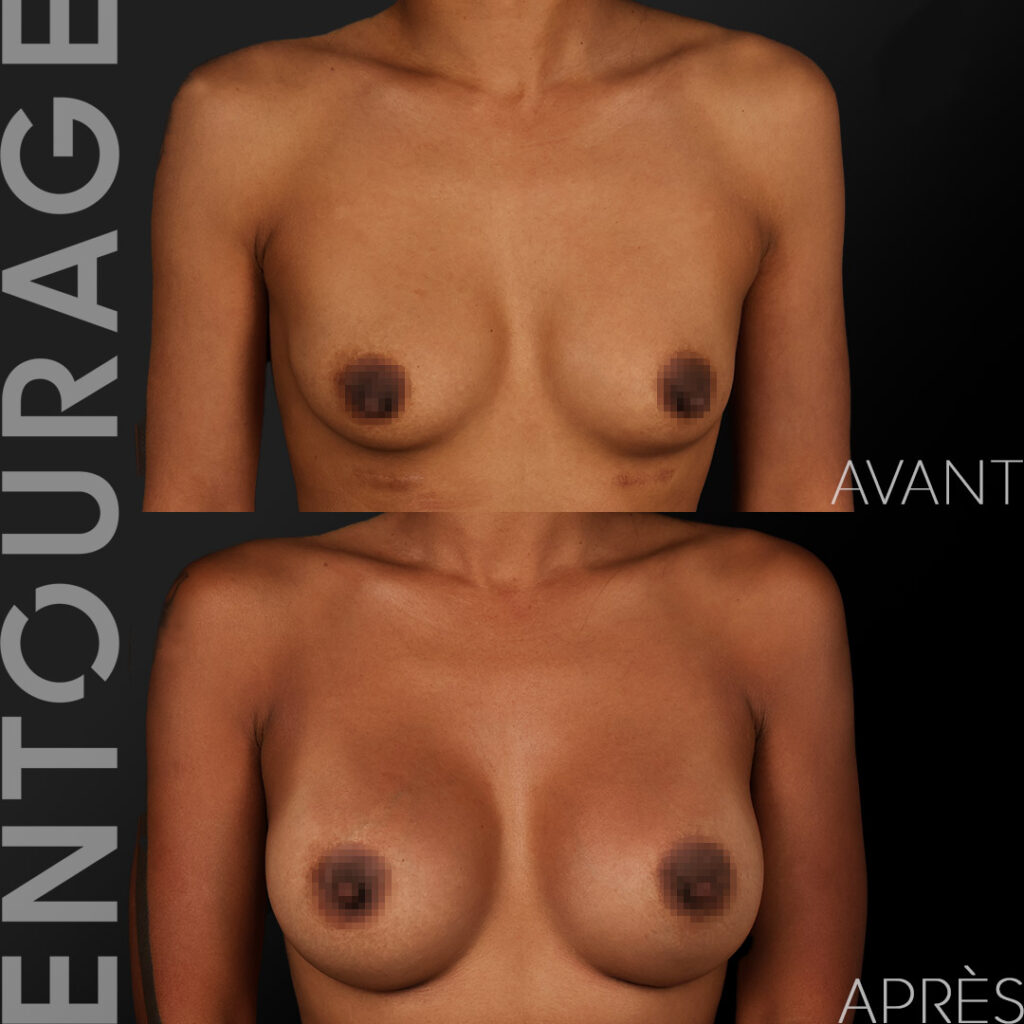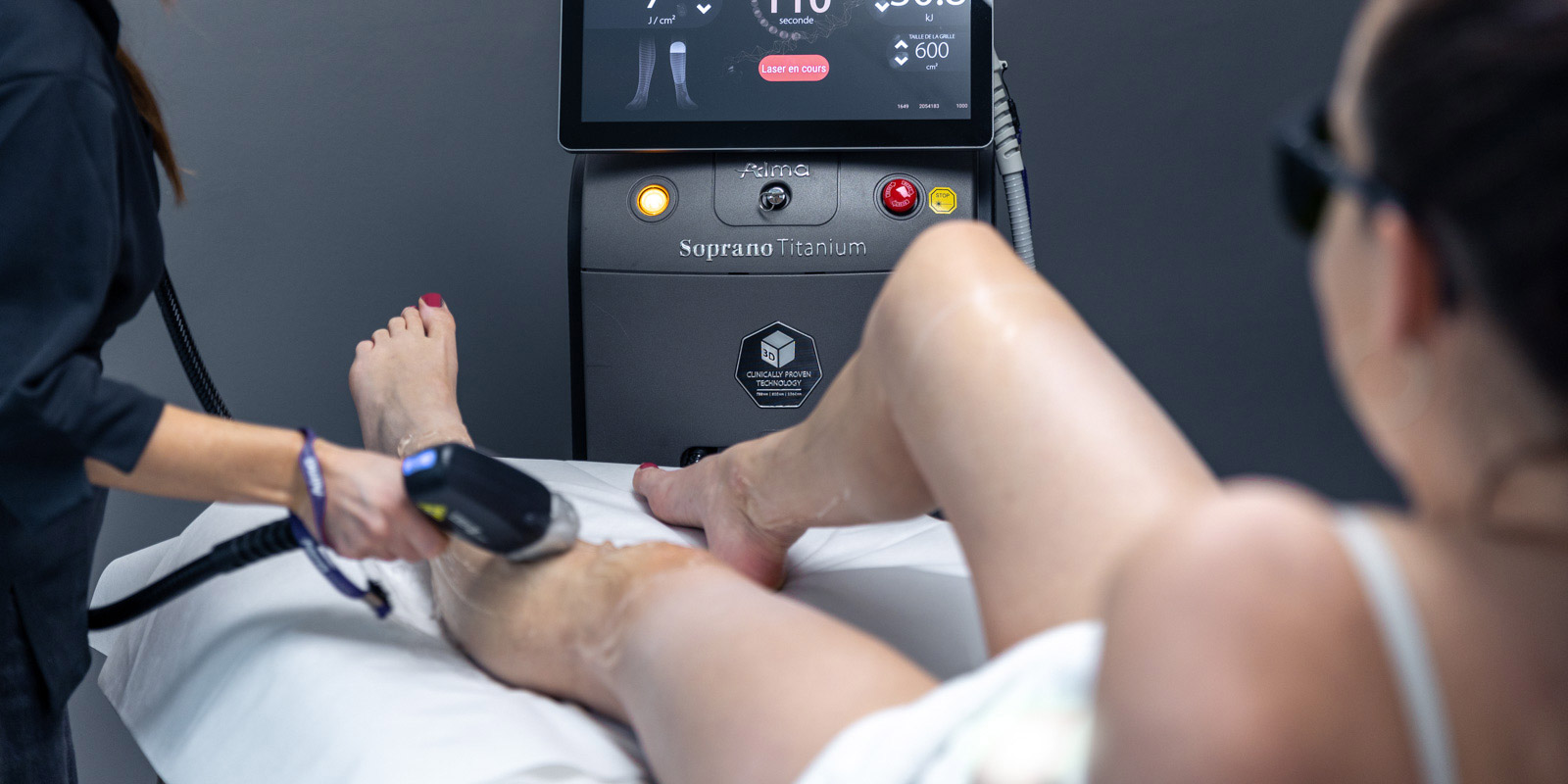Breast implants don’t last forever. After 15 years, they may need to be replaced for a variety of reasons. In this article, we’ll look at why changing your old implants is often a good idea, and what you need to know to take this step.
How long do breast implants last?
Older-generation breast implants generally have a lifespan of 10 to 15 years, after which they may show signs of wear or complications. When to replace them depends on a number of factors, including the type of implant and the patient’s lifestyle.
However, new-generation Motiva implants are designed to last longer, without texture degradation.
A change of implant becomes necessary only in certain specific cases:
- Discomfort appears in the chest area
- A change in breast shape
- Significant weight gain or loss
- Appearance of capsular contracture, which can create rigidity and keep the breast in a “high” position.
Some patients choose to replace their breast implants for aesthetic reasons, particularly if they are dissatisfied with weight gain or loss, if they wish to change the size or shape of their implants, or after pregnancy. All with the aim of better matching their current expectations and silhouette.
These new technologies on Motiva implants provide greater safety, reducing the need for systematic replacement.
Case study: a patient replaces her implants after 15 years
Take the example of one of our patients who, 15 years after her first breast augmentation, wanted to replace her old submuscular implants.
During the operation, we opted for the latest generation of Motiva prostheses, slightly larger in size to offer a more natural, harmonious result.
As breast ptosis had been detected, we corrected it to restore firmness and balance to the breasts, while treating a capsular contracture. The procedure restored comfort and aesthetics in just 2 to 2.5 hours.

Francesco de Boccard
Plastic surgeon and physician
Before / after breast prosthesis replacement

Signs and symptoms indicating the need for replacement
There are many signs that it’s time to replace your implants. Here are some of the most common:
- Changes in the shape or size of your breasts
- Persistent pain or discomfort
- Appearance of breast ptosis (sagging breasts)
- Hardening of the breast tissue, often associated with capsular contracture
Sometimes, the need to replace implants is also accompanied by aesthetic corrections. In the case of our patient above, we corrected this ptosis to give her breasts a firmer, more balanced shape.
A risk of not replacing old implants?
Ignoring the signs of replacement can lead to a number of risks and complications.
- Loss of shape and volume -> affecting overall aesthetics
- Chronic pain -> due to internal complications
- Implant rupture-> requiring emergency surgery
By treating signs of implant failure early on, you can avoid these complications and improve your daytime and night-time comfort. Our patient regained comfort and aesthetics after the replacement.
Recent technological advances in breast implants
Technological developments are advancing rapidly, offering patients better options. Implants such as Motiva represent the top of the range, thanks to their improved resistance, natural adaptation to the silhouette and enhanced safety.
These implants are designed to offer a natural result in harmony with your current silhouette, reducing the need for frequent changes.
Process and preparation for implant replacement
Preparing to replace your old breast implants requires careful planning and detailed consultation with your plastic surgeon. Here are some key steps to follow:
- Initial consultation: Discuss your expectations and available options, such as the latest generation of Motiva implants.
- Medical examination: Assessment of your general state of health and the current condition of your implants.
- X-ray examination: To determine the condition of your implants.
- Choosing a new size or shape: Determine the best option for achieving a natural result in harmony with your current silhouette.
This preparation ensures that the entire process runs smoothly, safely and with optimum results.
Post-replacement expectations: recovery and results
After breast augmentation surgery with implants, it’s essential to follow your surgeon’s recommendations for optimal recovery. In general, here’s what you can expect:
- Rest period: The first few days require a lot of rest to heal properly.
- Post-operative care: Follow instructions regarding medication, bandaging and check-ups.
- Cosmetic results: You’ll see significant improvement, including correction of breast ptosis for a firmer, more balanced shape.
For example, in the case of one of our patients, we corrected her ptosis and treated a slight capsular contracture by removing the upper part of the capsule. This restored comfort and aesthetics.
Ultimately, replacing your breast implants after 15 years is an important step in maintaining not only the aesthetics but also the comfort and health of your breasts. With today’s advanced technologies, you can achieve long-lasting, satisfying results.






